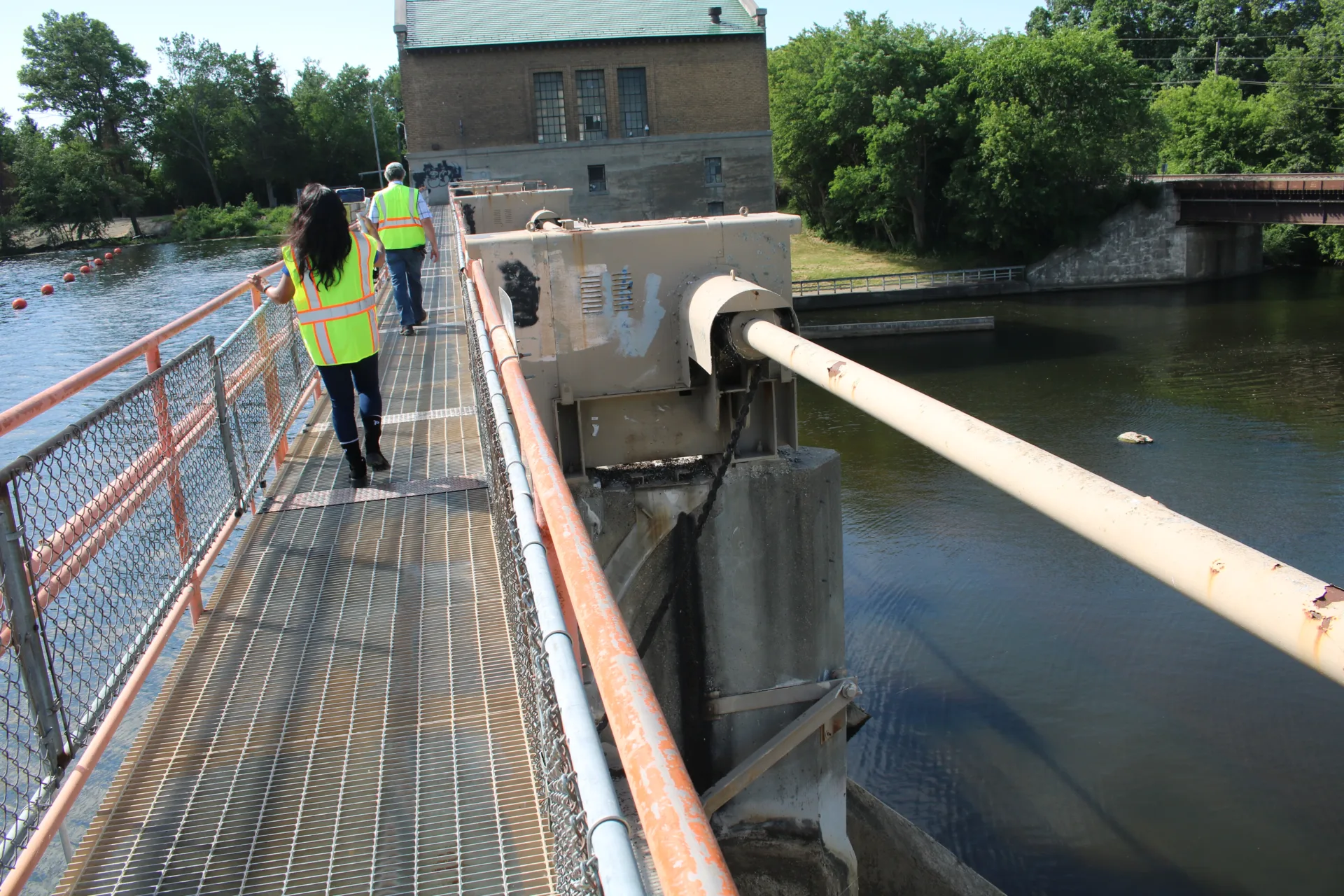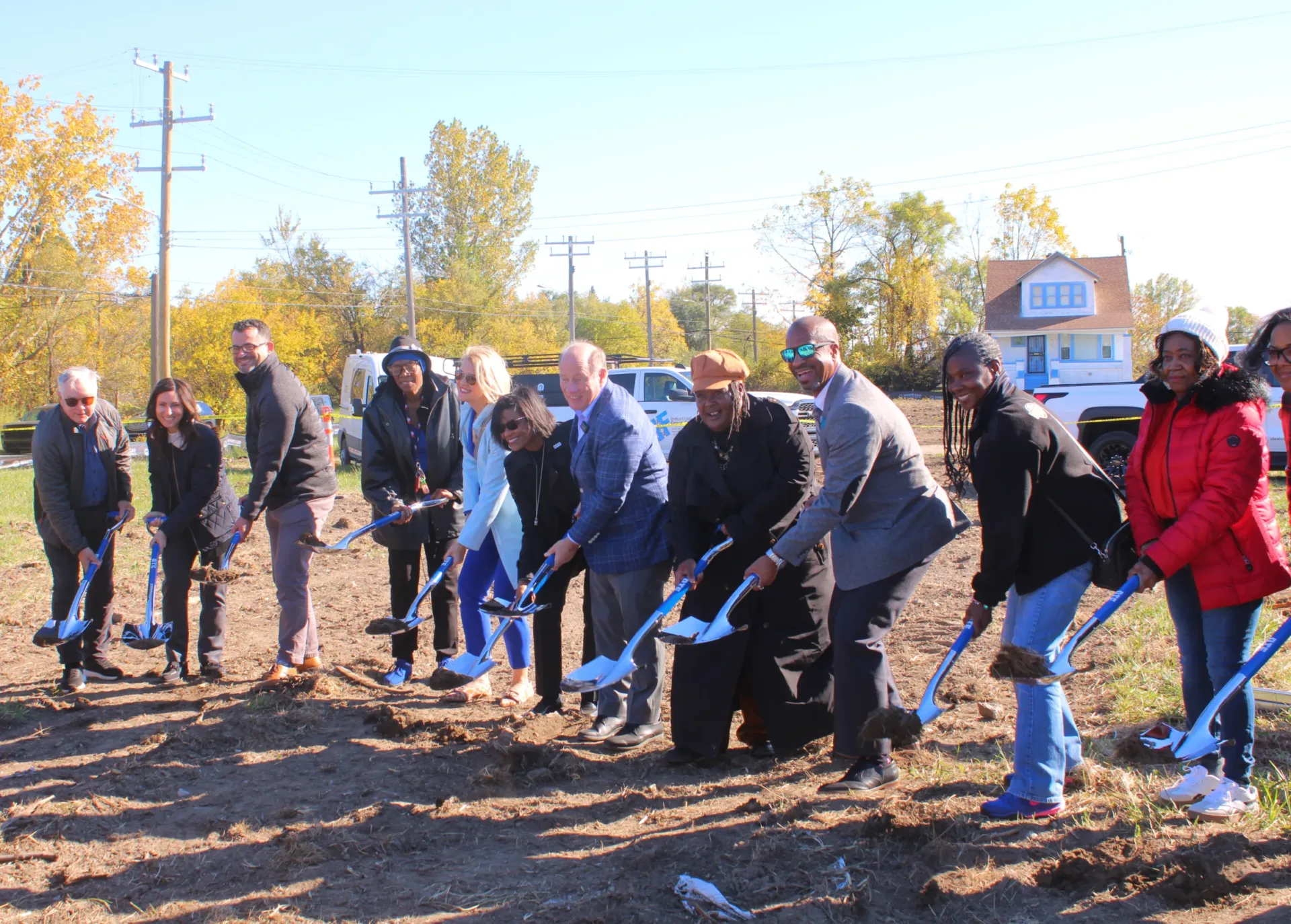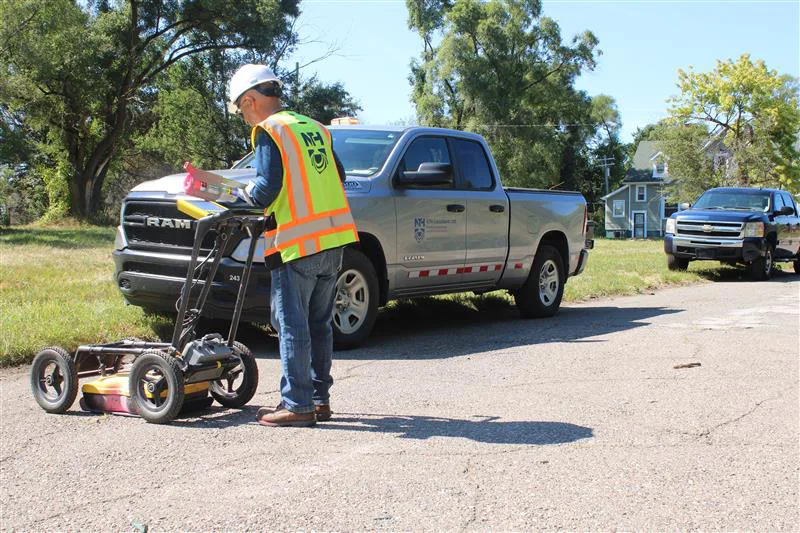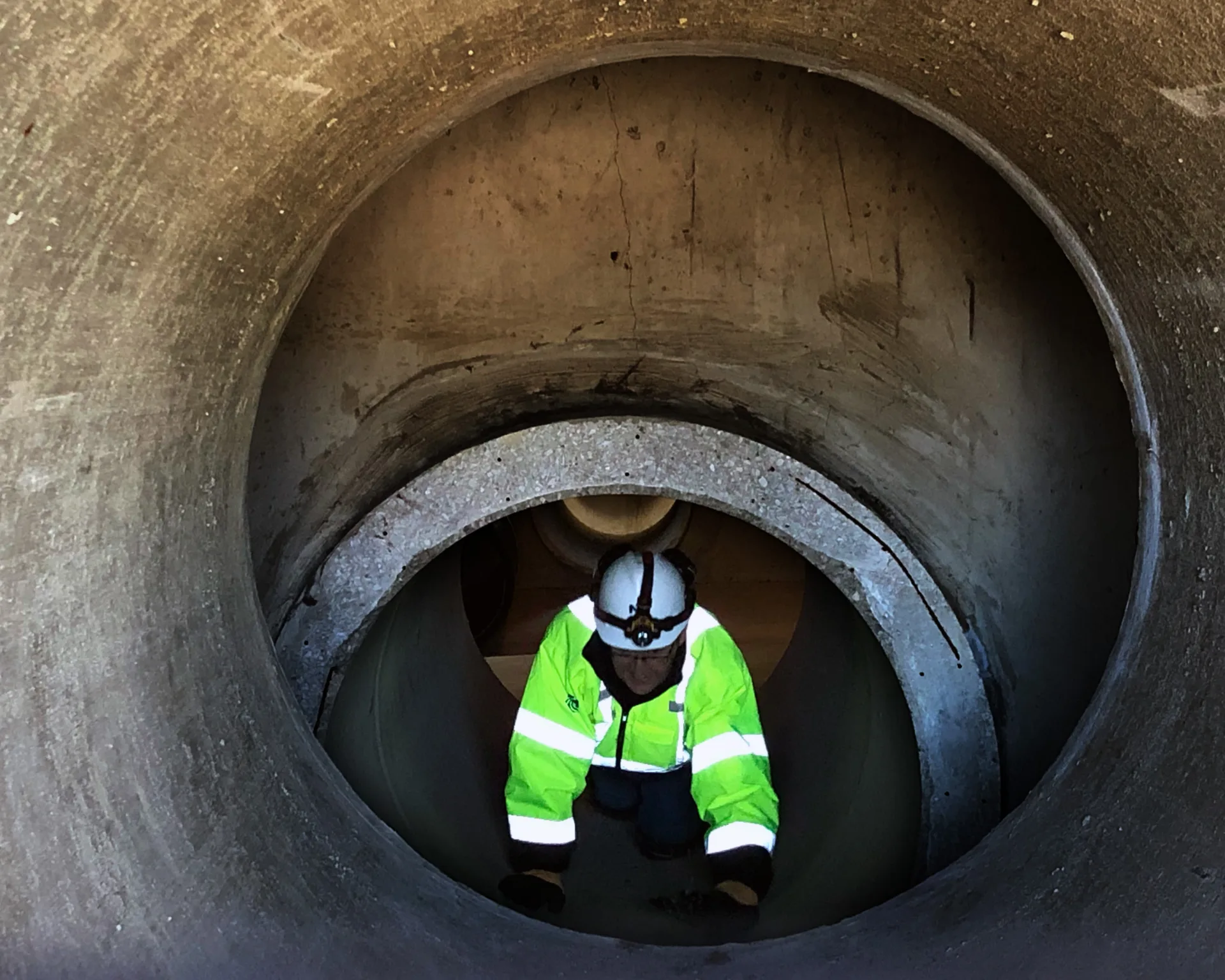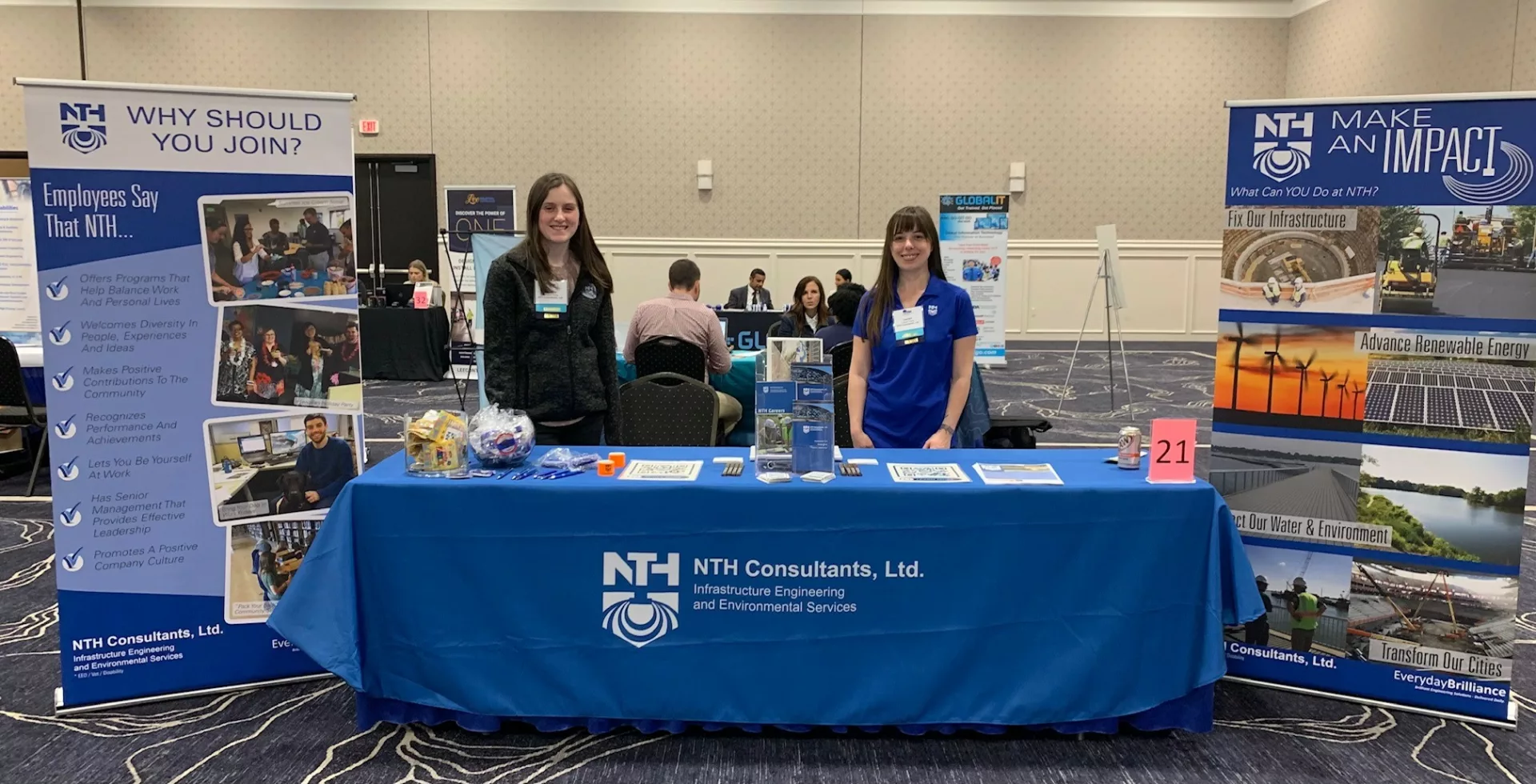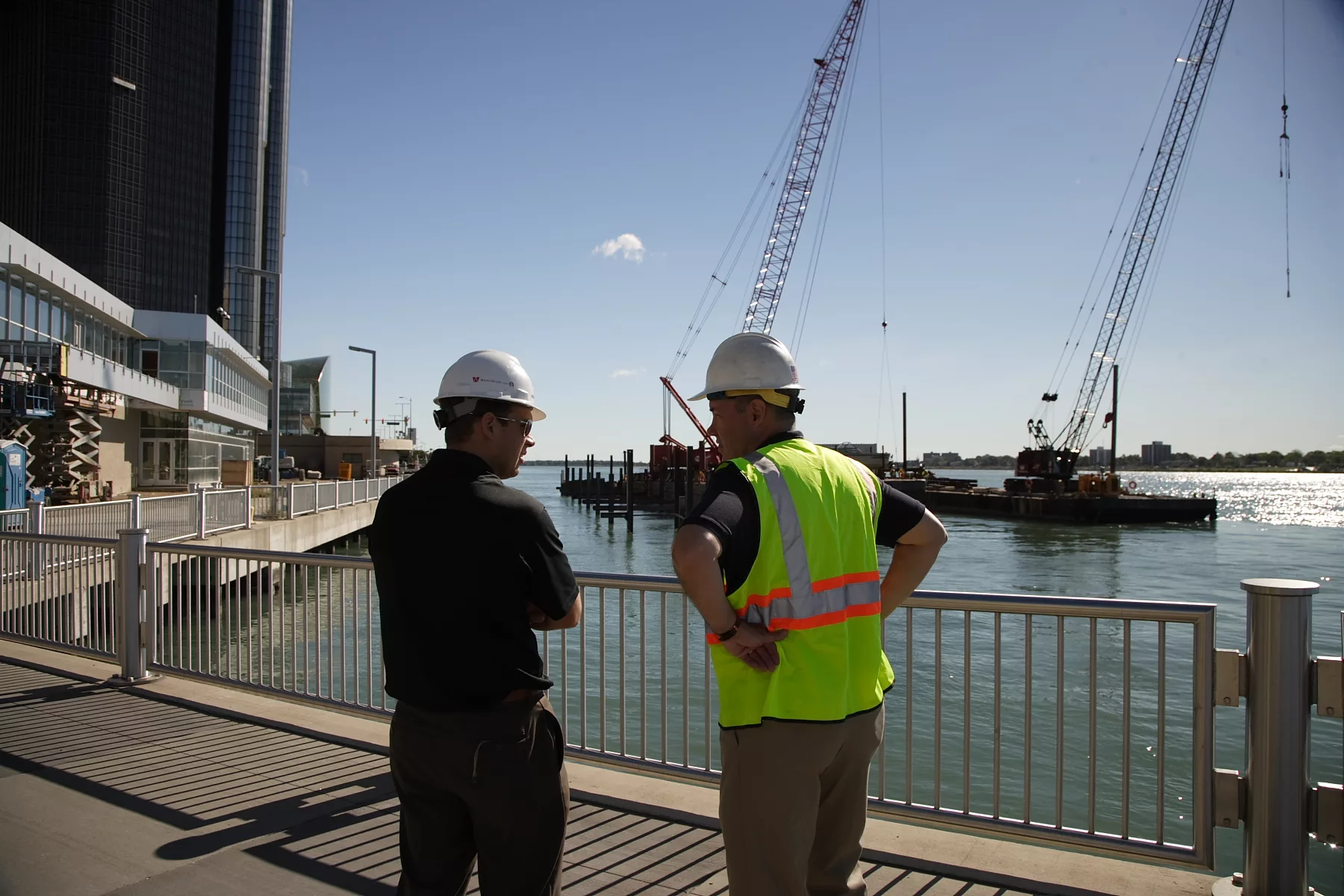In 2017, NTH hosted a webinar discussing the state of dam safety in Michigan, highlighting regulatory frameworks, inspection protocols, and the challenges posed by aging infrastructure. Since then, significant developments have occurred, including notable dam failures and subsequent reforms aimed at bolstering the state’s dam safety program. This article provides an updated overview of Michigan’s dam safety landscape, reflecting on past lessons and outlining future directions.
The Current Landscape of Michigan’s Dams
Michigan is home to over 2,500 dams, with more than 1,000 regulated under state jurisdiction. These structures vary in size, ownership, and purpose, ranging from hydroelectric power generation to recreational and flood control functions. The state’s regulatory oversight primarily falls under two statutes:
- Part 315 – Dam Safety: Applies to dams over 6 feet in height that impound 5 acres or more at design flood elevation. It mandates regular inspections, hazard classifications, and emergency action plans.
- Part 307 – Inland Lake Levels: Governs dams that maintain court-established lake levels, requiring periodic inspections and maintenance to ensure compliance.
Ownership of these dams is diverse, with approximately 75% privately owned and the remaining 25% under public ownership. This distribution presents unique challenges in ensuring consistent maintenance and compliance across the board.
Catalyst for Change: The 2020 Dam Failures
In May 2020, Michigan experienced two significant dam failures: the Edenville and Sanford Dams. These incidents led to massive flooding, property damage, and the evacuation of thousands of residents. The failures underscored the vulnerabilities within the state’s dam infrastructure and prompted a comprehensive review of dam safety protocols. Subsequently, the Michigan Dam Safety Task Force was established to assess the state’s dam safety program and recommend improvements.
Strengthening the Dam Safety Program
In response to the task force’s recommendations, the Michigan Department of Environment, Great Lakes, and Energy (EGLE) implemented several enhancements to the dam safety program:
- Increased Inspection Frequency: High-hazard dams now require at least once in three years by professional engineers. Significant-hazard dams undergo visual inspections once in four years by professional engineer
- Enhanced Spillway Capacity Standards: Updated requirements ensure that spillways can accommodate probable maximum flood events, reducing the risk of overtopping.
- Mandatory Emergency Action Plans (EAPs): Owners of high and significant-hazard dams must develop and regularly exercise EAPs to prepare for potential emergencies.
- Dam Registration and Inventory Updates: Efforts are underway to maintain an up-to-date inventory of dams, including hazard classifications and inspection records.
In 2023, EGLE recommended:
- High hazard dam – engineering inspection once per year and in-depth evaluation once in 10 years.
- Significant Hazard dam: engineering inspection once every two years and in-depth evaluation once in 10 years.
Investing in Risk Reduction: Grant Programs
To support dam owners in complying with enhanced safety standards, Michigan established the Dam Risk Reduction Grant Program (DRRGP). This initiative provides financial assistance for dam repairs, removals, and associated studies. In the 2024-2025 funding cycle, EGLE allocated $14.9 million to 19 statewide projects. Notable examples include:
- Tyler and Beyer Dams (Ypsilanti): $2.5 million awarded for the removal of these dams to mitigate safety risks and restore natural stream functions.
- Sanback Dam (Rose City): $2 million granted for the removal of this nonfunctional hydropower dam, facilitating stream restoration efforts.
- Lake Shamrock Dam (Clare): $1.3 million allocated for rehabilitation work addressing structural deterioration and hydraulic capacity issues.
These investments aim to reduce the risk of dam failures, enhance public safety, and promote ecological restoration.
Challenges and the Path Forward
Despite progress, challenges persist in ensuring dam safety across Michigan:
- Aging Infrastructure: Many dams have exceeded their intended lifespans, necessitating significant repairs, reevaluation or removal.
- Funding Constraints: Securing adequate funding for maintenance and upgrades remains a hurdle, particularly for private dam owners.
- Climate Change Impacts: Increased frequency of extreme weather events poses additional stress on dam structures, highlighting the need for resilient designs.
- Development Impacts: With years of development, the status of hazards of Dam would be significantly changed.
Addressing these challenges requires continued collaboration between state agencies, dam owners, and stakeholders. Public awareness and engagement are also crucial in supporting dam safety initiatives and securing necessary resources.
Here’s how NTH can help:
With over five decades of experience in geotechnical, structural, and environmental engineering, NTH is uniquely positioned to support public agencies, private owners, and utilities in managing dam-related risks across Michigan and beyond. Our multidisciplinary team brings technical depth, regulatory understanding, and practical solutions to every phase of dam safety and water infrastructure projects.
- Dam Inspections by Professional Engineer: NTH can conduct visual and technical assessments as per EGLE Part 315 and 307 requirements to evaluate dam condition and compliance.
- Hydrologic & Hydraulic Modeling: We analyze flood risks, spillway capacity, and dam hazard classifications.
- Rehabilitation Design: NTH develops repair, stabilization, and upgrade designs tailored to site-specific needs.
- Dam Removal Services: We can manage the full process of dam removal, restoration, and sediment handling.
- Emergency Action Plans: NTH will prepare EAPs and risk reduction strategies to protect public safety.
- Funding Support: We can assist with identifying grants and preparing strong, data-driven applications.
- Public & Regulatory Engagement: NTH can facilitate stakeholder communication and agency coordination.
- Operation and Maintenance Manual: NTH can help dam Owner to develop necessary Operation and Maintenance Manual.
- Dam Reevaluation: NTH will carry full investigation of existing dam to ensure safety of the dam and to ensure compliance of regulations.
- Dam Surveillance and Monitoring: NTH will install instrumentations for high and significant hazard dams to monitor water table, dam movement or slope stability etc.
Contact Zonghua Chen, P.Eng., P.E., M.A.Sc. if you have any questions about this information or need help with dam engineering at zchen@nthconsultants.com.

